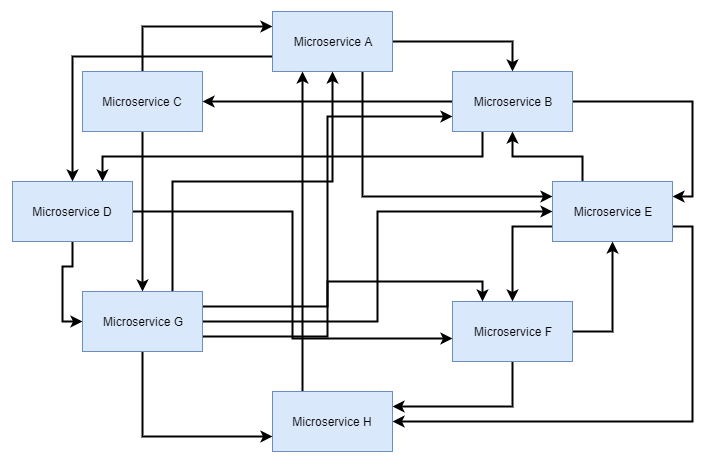In the previous topic, we talked about synchronous communication between microservices using binary and alternatives to REST. This topic will deal with the communication between microservices using message broker, that is, a messaging system with a physical element, a communication layer, and a message bus.
With messaging systems, it is impossible to reproduce the Death Star. The design of the Death Star in a more robust application would be something like the following:

The diagram of a messaging system is totally different, similar to the one shown in the following:

The message bus can be used for both synchronous and asynchronous communication, but certainly, the major point of emphasis of the message bus is in asynchronous communication.
You may wonder, if the messaging diagram is simpler and you can use this type of tool for synchronous communication, why not use this messaging for all types of communication between microservices?
The...



